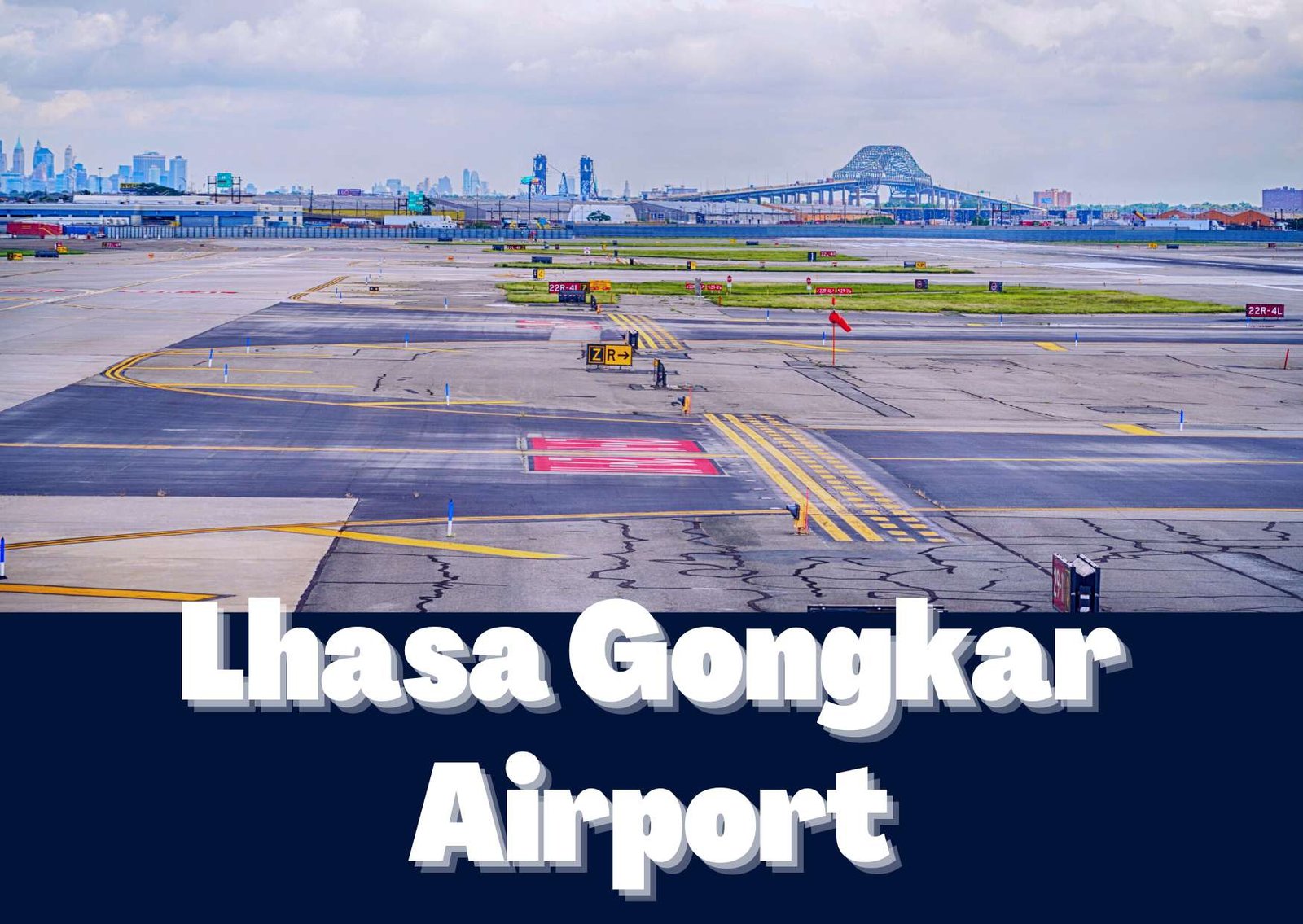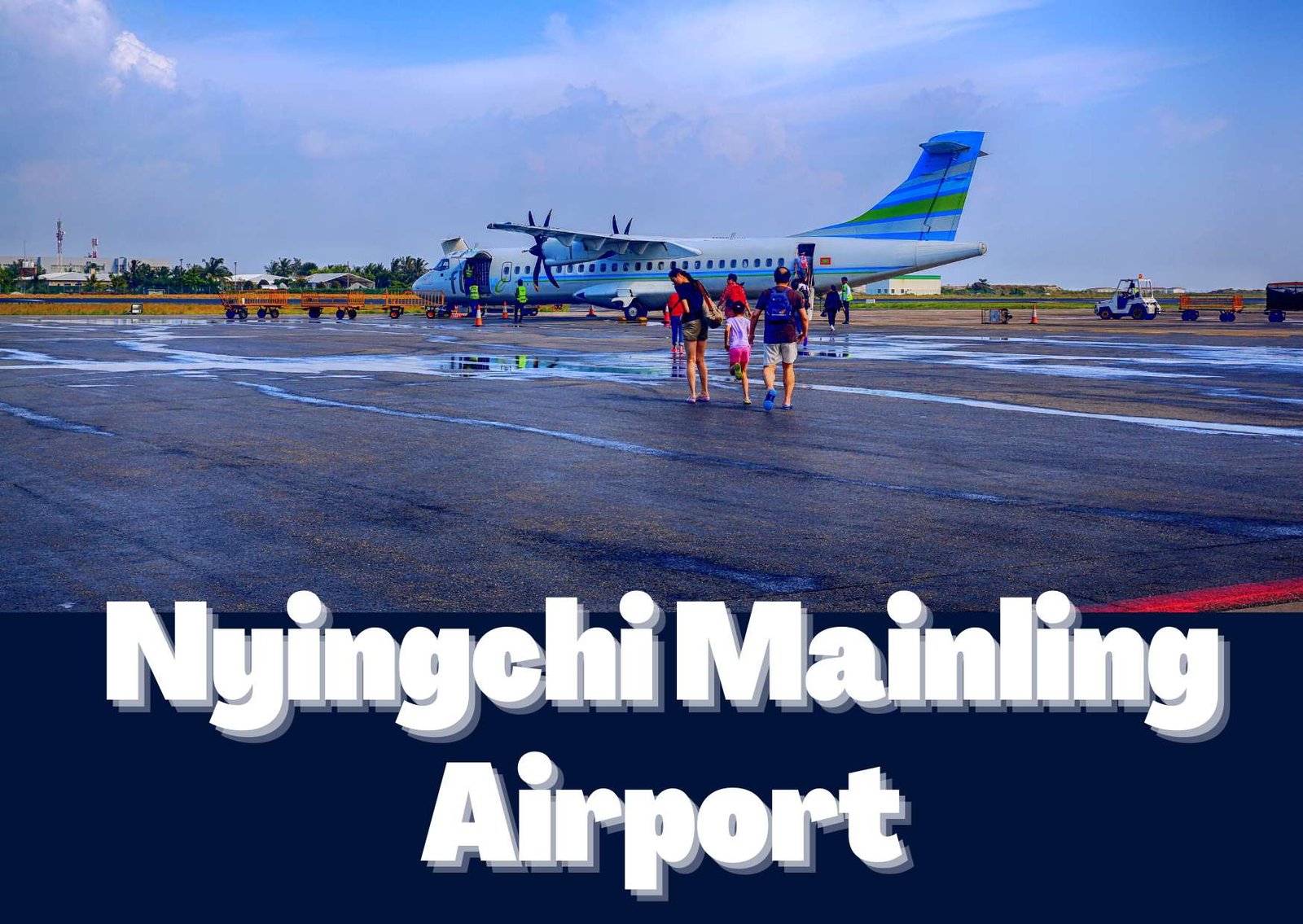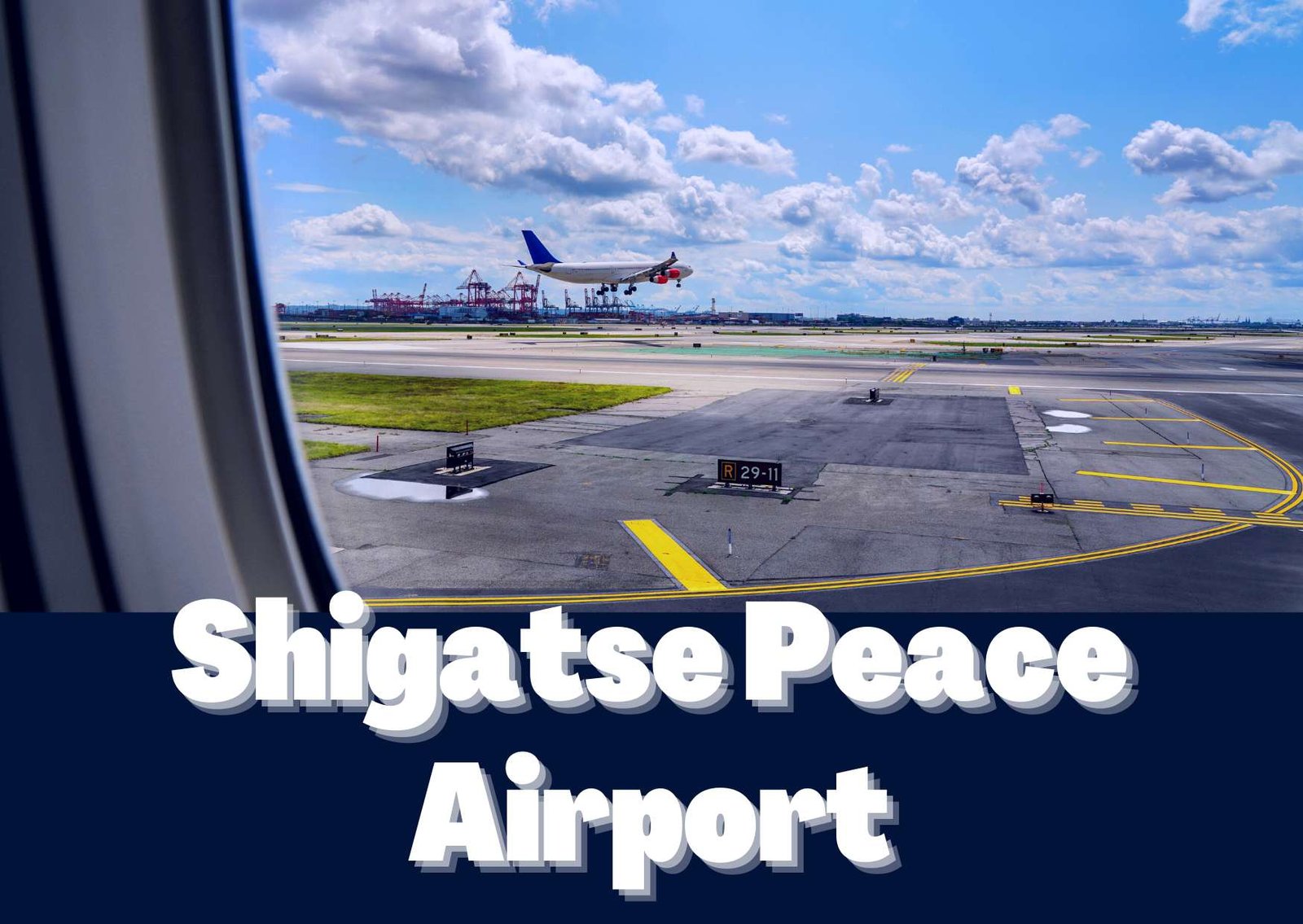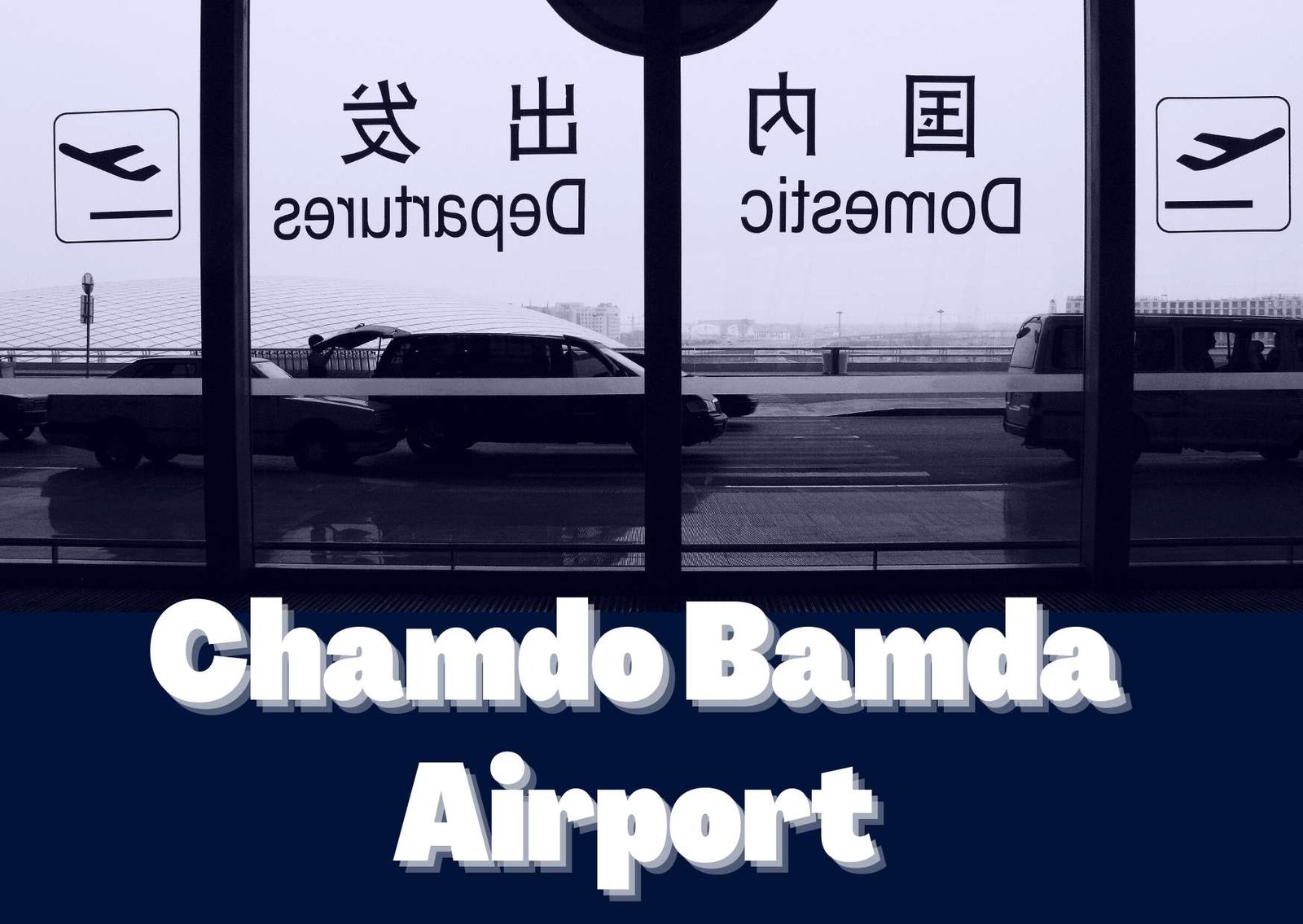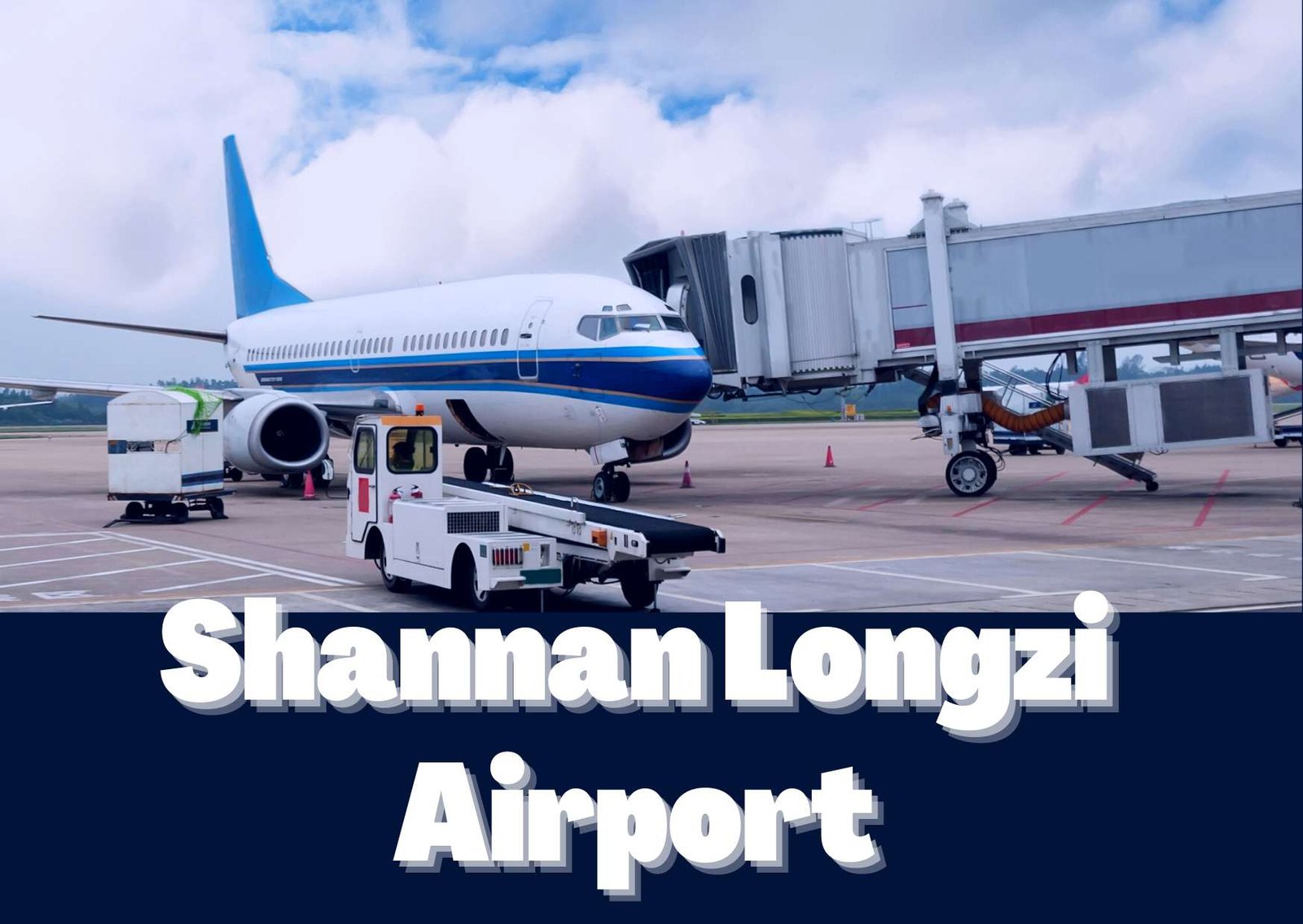Airports in Tibet: Gateways to the Roof of the World
Tibet, famously known as the “Roof of the World” due to its towering elevation, boasts a vast yet thinly populated landscape. Owing to its rugged terrain and distinct climate, air travel to the region was once restricted. However, in 1965, Tibet marked a significant milestone by inaugurating its inaugural airport in Lhasa, facilitating air services to the area. Presently, Tibet is home to several airports, including Lhasa, Chamdo, Nyingchi, Ngari, and Shigatse.

Lhasa Gonggar Airport
Gonggar Airport, situated approximately 62 kilometers from downtown Lhasa, serves as a pivotal hub in Tibet. Renowned as one of the earliest high-altitude airports globally, it stands as the sole airport in the region open to international flights. In 2008, the Civil Aviation Administration of Tibet completed a groundbreaking navigational lighting project at Gonggar Airport, enabling night flights after 43 years of limitations. Operating non-stop flights to major cities like Chengdu, Chongqing, and Kathmandu, Gonggar Airport also offers direct routes to Beijing, Shanghai, and Guangzhou, with layovers in key cities like Chengdu and Xining.
Chamdo Airport, inaugurated on April 28, 1995, at Bangda Airport in Chamdo, signifies a significant leap in civil aviation history. Holding the distinction of being Tibet’s first subsidiary airport, it also claims titles as the world’s highest civilian airport and the most remote from central cities in the nation. Situated approximately 140 kilometers from Chamdo Town, Chamdo Airport boasts the world’s lengthiest runway and operates at an elevation of 4,334 meters above sea level. Despite facing challenging weather conditions leading to frequent delays, Chamdo Airport implemented innovative safety measures like the RNP AR flight program and domestically-made Engineered Materials Arresting System (EMAS) at Nyingchi Mainling Airport, enhancing operational safety.

Nyingchi Mainling Airport
Opened on September 1, 2006, Nyingchi Mainling Airport is the third airport in Tibet. It boasts advanced technology and serves as the country’s first adopter of RNP precision navigation. Nestled at an altitude of under 3,000 meters, it offers a unique flight experience amidst southeastern Tibet’s stunning landscapes. While flights are limited to Chengdu, Chongqing, and Lhasa, a journey to Nyingchi Airport promises unforgettable scenery and clear skies.
Shigatse Airport
As Tibet’s fifth civilian airport, Shigatse Airport plays a vital role in regional connectivity. Located near the majestic Mount Everest, it provides easy access to the world’s tallest peak, as well as iconic attractions like Tashilhunpo Monastery. With short flight times of just 2 hours and 20 minutes from Chengdu and 30 minutes from Lhasa, Shigatse Airport is a gateway to adventure in Tibet’s western regions.
Ngari Airport
Ngari Gunsa Airport, inaugurated on July 1, 2010, has transformed travel in Tibet’s northwest. Despite initial challenges due to high altitude and harsh weather, it now offers a convenient alternative to long road journeys. Connecting distant cities, Ngari Airport has significantly reduced travel times, making it easier for both passengers and cargo delivery. Innovative solutions like the rolling net barbed circle fence address seasonal issues, ensuring safe operations year-round.
Air Traffic and Cargo Delivery
Since the inception of air travel, Tibet’s airports have facilitated seamless connectivity, serving 60 cities with 120 routes. Over 400,000 flights have safely transported more than 45 million passengers and over 500,000 tons of cargo. With over 140 flights and 15,000 passengers daily, Tibet’s aviation network ensures efficient travel in and out of the region, enabling adventurers to explore its wonders with ease.

